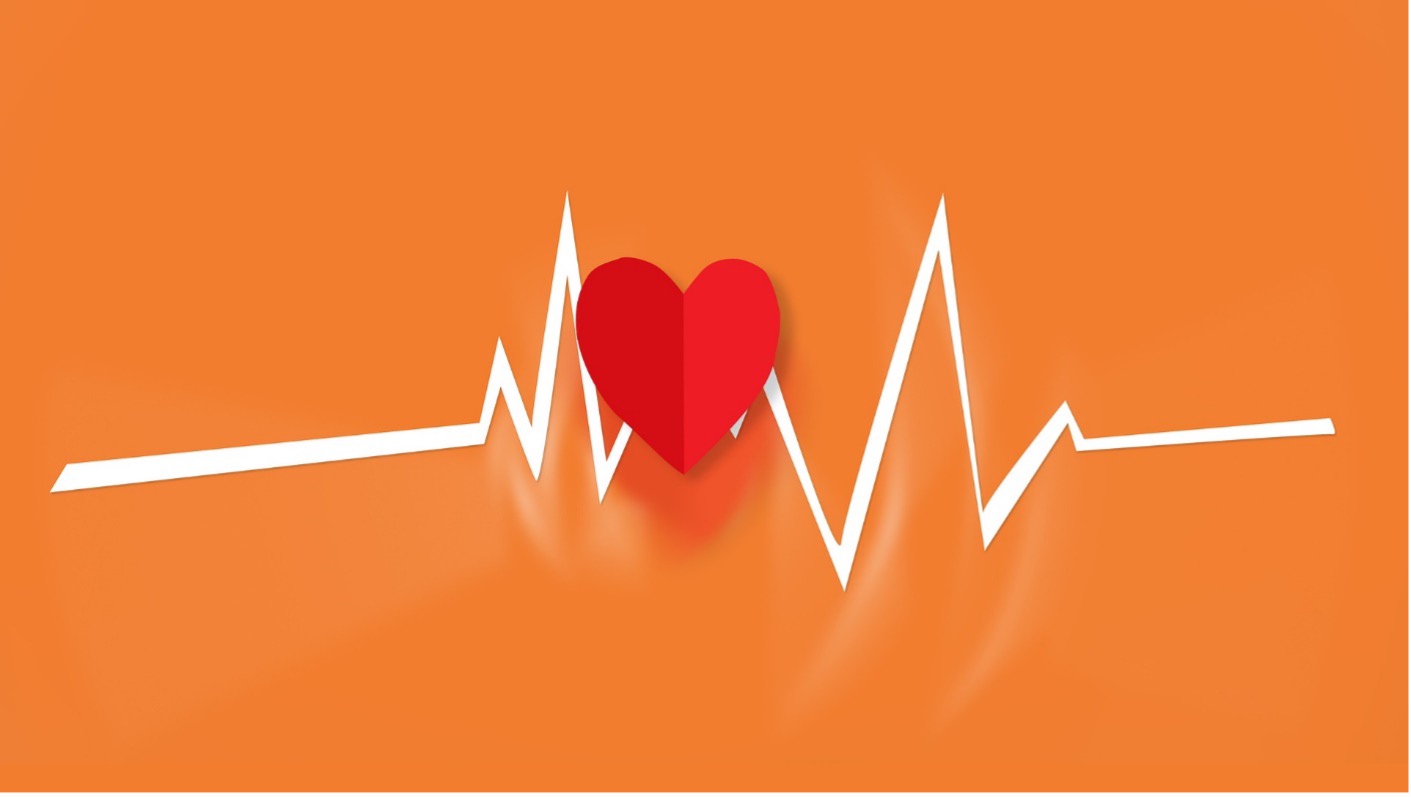
What is the worst thing about long-term diseases?
Probably the fact that these often are noticed after progressing a lot already, and you end up in the operation theater to get that scary surgery done.
The same goes for neck pain syndromes too. The actual degenerative pathology might kick off decades back from when the patient visits a doctor with symptoms that can not be neglected anymore.
If you’re reading this, is it too much to assume that you’re in the same boat too? And probably your doctor has finally advised that cervical surgery you always dreaded for. You’ve pushed it back for months, then years. But now, with this excruciating pain messing up your daily life and work schedule, you need something or anything.
And amidst all these, what is the good news?
Yeah, the title gives it away. Keep reading to know all you need about non-surgical ways to treat your cervical pain.
What is Cervical pain?
Cervical pain, mostly a chronic illness, arises due to overstretching and straining of muscles with excessive pressure or, sometimes, caused by some deeper and serious injuries (mechanical issues with a facet joint, discs, etc., as more prone to wear and tear). In the case of cervical spine injury, it also affects adjacent areas of the upper limb, shoulder, back, and head.
Nowadays, cervical pain is one of the most common public health problems worldwide.
Why does this pain happen
- Cervical osteoarthritis – leads to excessive friction in the neck’s facet joint, causing stiffness and pain with nerve damage.
- Cervical degenerative disc disease –
Wear tear of the disc causes a low level of chronic pain.
iii. Cervical herniated disc – hernia of the vertebral disc creates inflammations and irritation in surrounding joints, nerves, and muscles.
- Cervical foraminal stenosis happens due to the herniated disc or bone spurs.
- Cervical stenosis with myelopathy – narrowing of the spinal canal itself.
Risk factors for neck pain
- A bad posture that overworks the muscles and overstretches them.
- Looking up at the computer screen, slouching, and looking down at a mobile screen are causing neck pain in a large number of people.
- Lifting overhead heavyweight loads in labor-intensive work
Knowing these risk factors would help you stay cautious and avoid getting this cervical pain in the first place.
Try this amazing symptom tracker by the government of Australia to know if you’re suffering from emergency cervical pain.
Top 5 tips to fight your cervical pain with no surgery
-
Exercise and rest:
A healthy balance between exercise and rest is the top choice. Regular exercise helps to keep ligaments and muscles flexible; even brisk walking for 30 minutes has scientifically proven benefits in fighting joint pains, cardiac diseases, and more.
Also, you should focus on getting adequate hours of rest and sleep, as overworking often leads to straining and unhealed wear-tear injury.
-
Physiotherapy
Physiotherapy is mostly prescribed as a supportive treatment with painkillers or other medications in chronic patients.
Professional physiotherapists provide chiropractic care and massage therapy to improve neck health through strength training, increase flexibility, and learn proper postures for sleeping and sitting. You should contact physio in Balwyn today to get a relaxing session of physical therapy aided with Ultrasound therapy, clinical pilates, TENS therapy, dry needling, trigger point, deep tissue release, and many more therapeutic but non-invasive non-surgical techniques.
-
Heat and cold compress
This might sound simple, but a good old compress with steamed hot water or ice can definitely handle your symptoms for instant relief, at least for that moment. You can do these anytime at home.
-
Painkillers
Non-steroidal anti-inflammatory drugs (NSAIDs) such as Aceclofenac, Diclofenac, paracetamol, ibuprofen, naproxen, and more are used as a treatment of choice in acute precipitation of pain symptoms and as supportive treatment in chronic patients. These drugs, however, shouldn’t be self-medicated as they’re often addictive and come with dangerous side effects like vital organ damage.
-
Other therapies
Other therapies are usually non-clinical, both new and traditional ones alike. Acupressure and acupuncture, stretching, breathing exercises, mindfulness, avoiding smoking and substance abuse, etc., can aid the actual medical therapy and help you to avoid surgery. These techniques improve blood circulation, joint mobility, and overall health and wellness.
Hope you’re not afraid or confused anymore.
And now, as you know the tricks, start acting upon them.
Book your physiotherapy session today for some expert feedback!
You may be interested in: Top 10 Ways to Edit and Optimize Your PDFs

